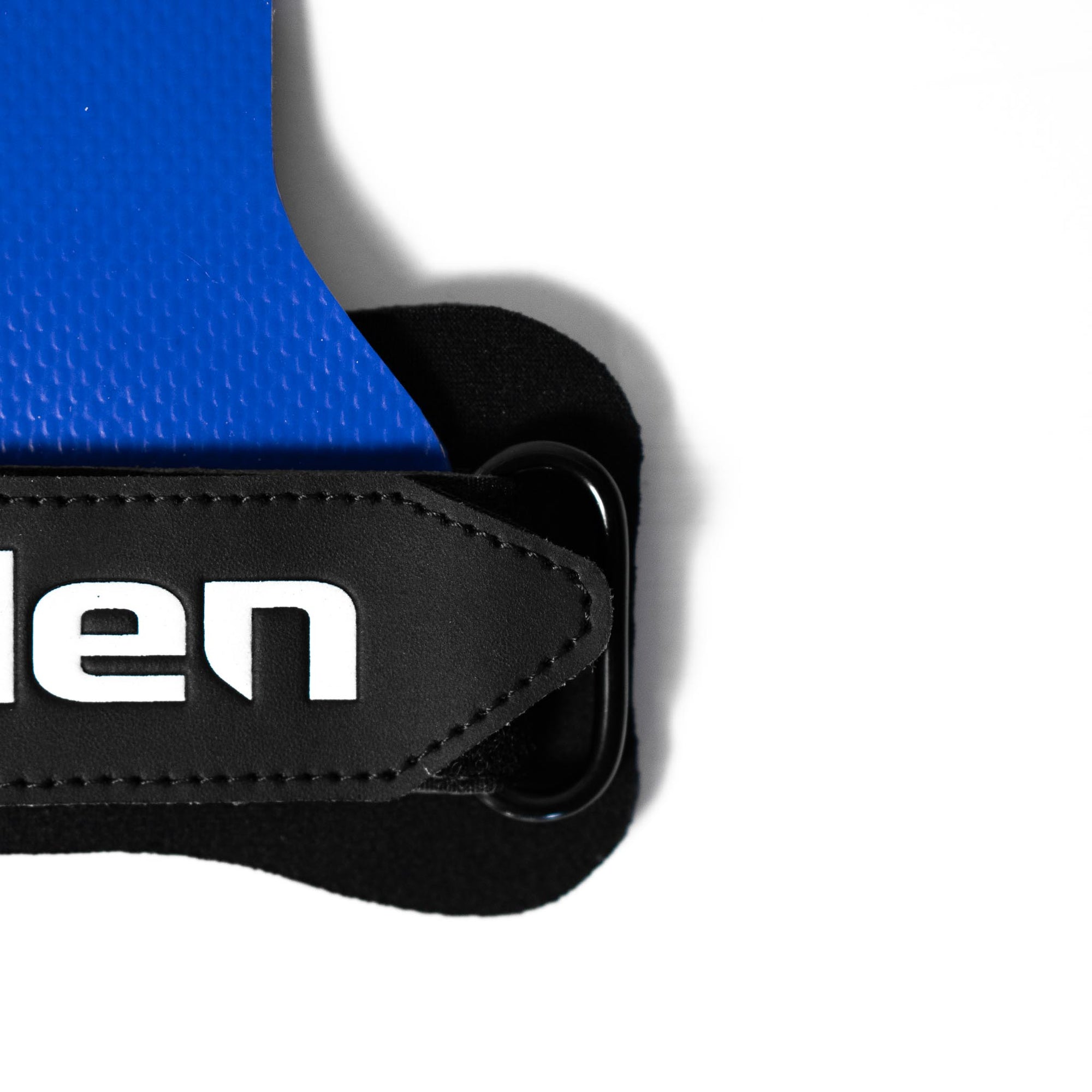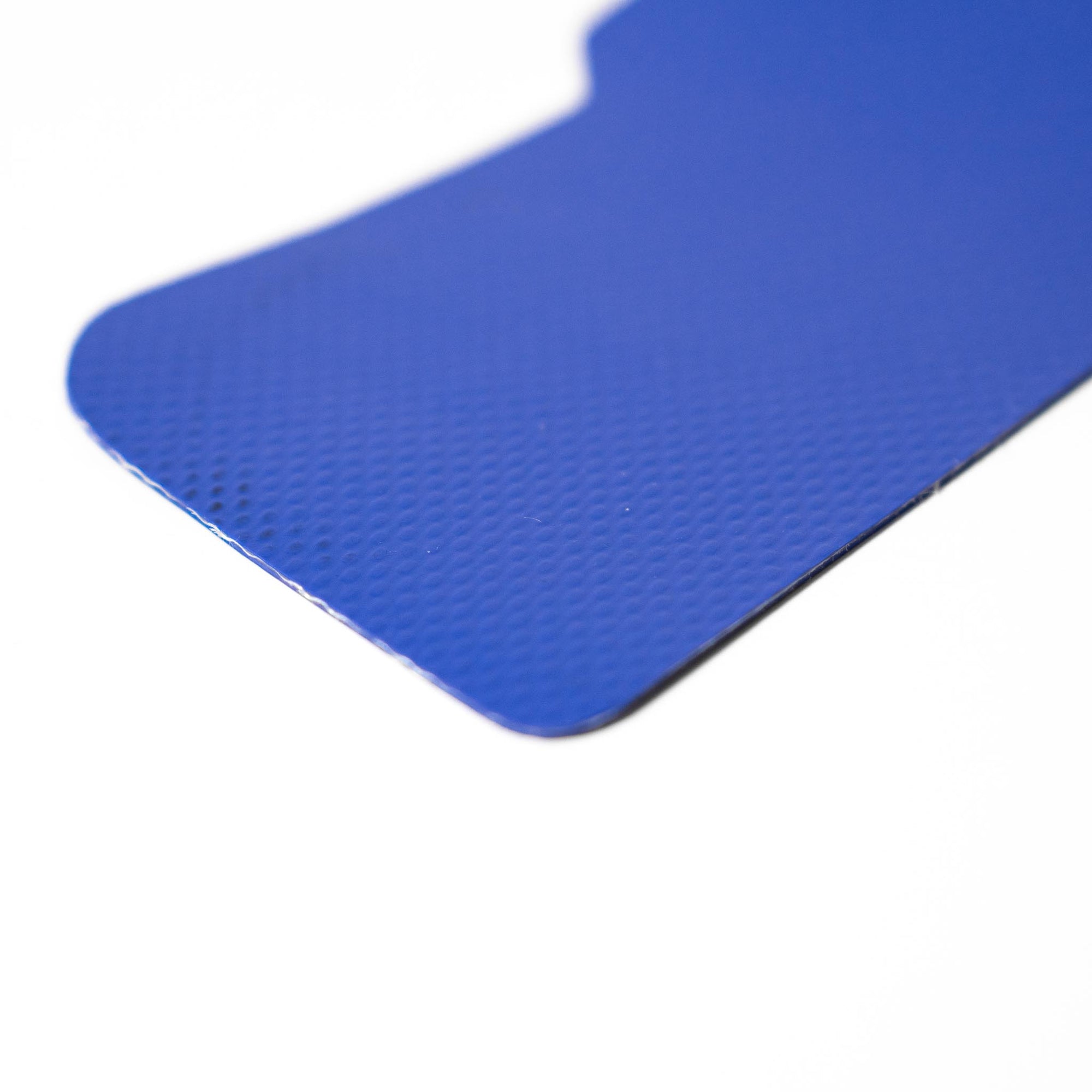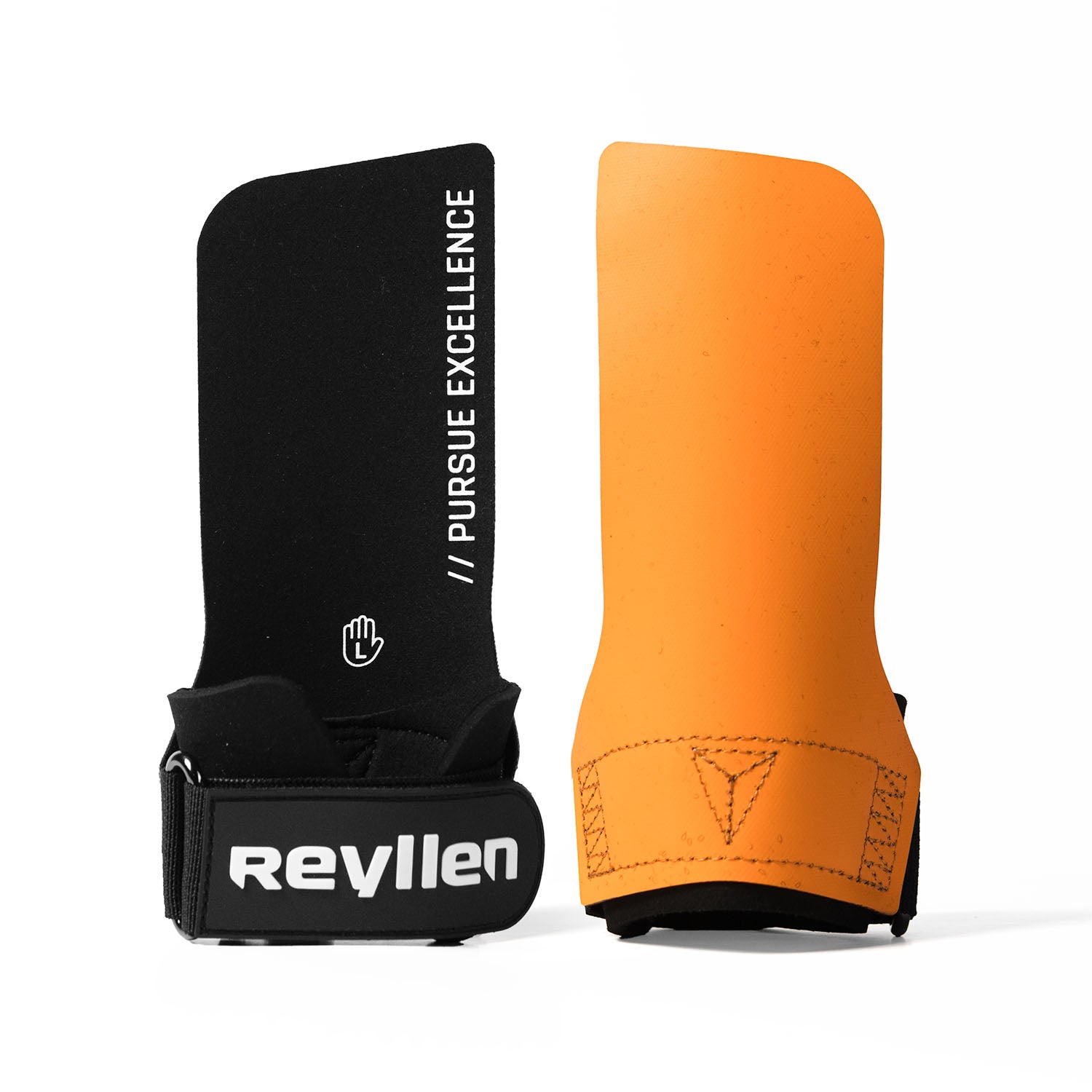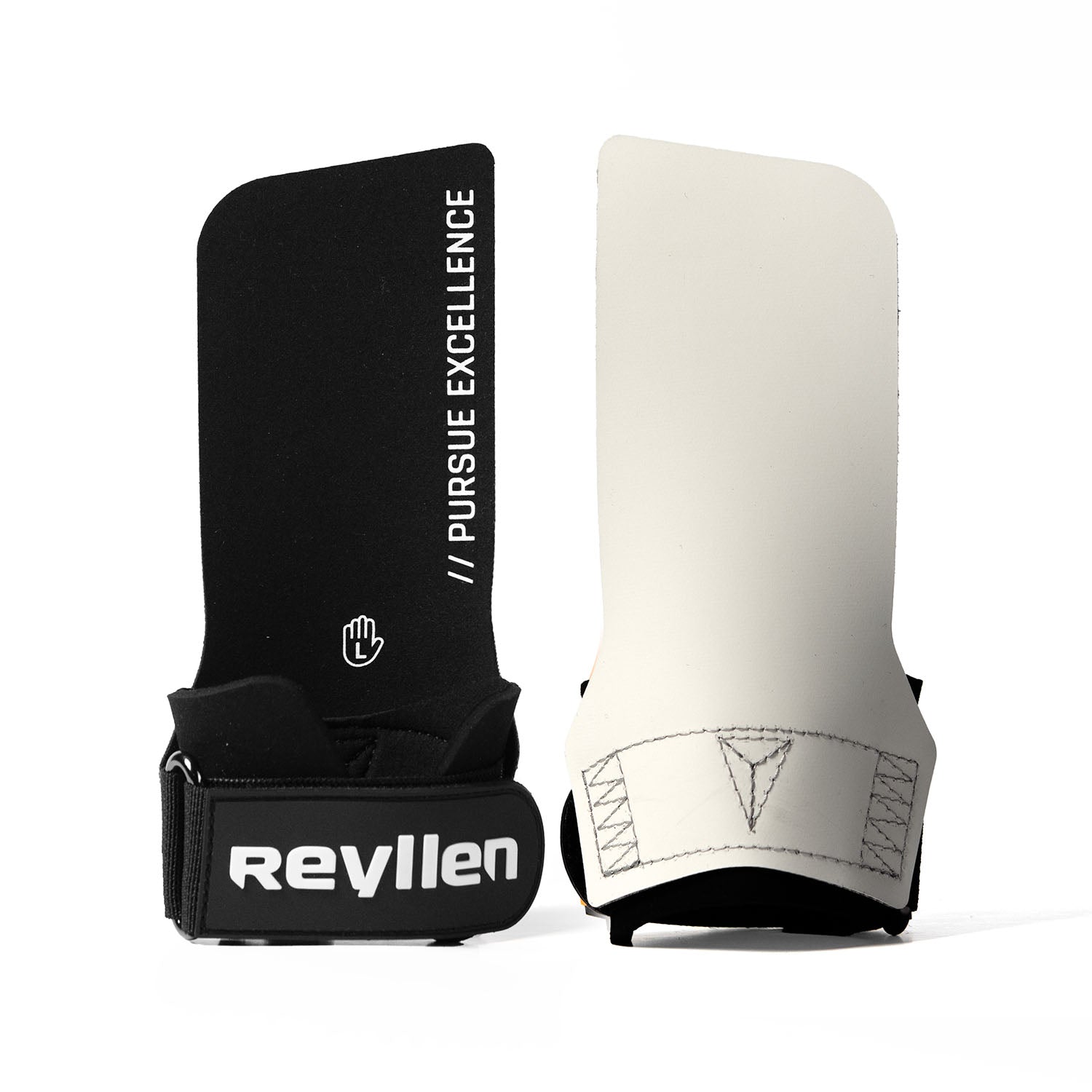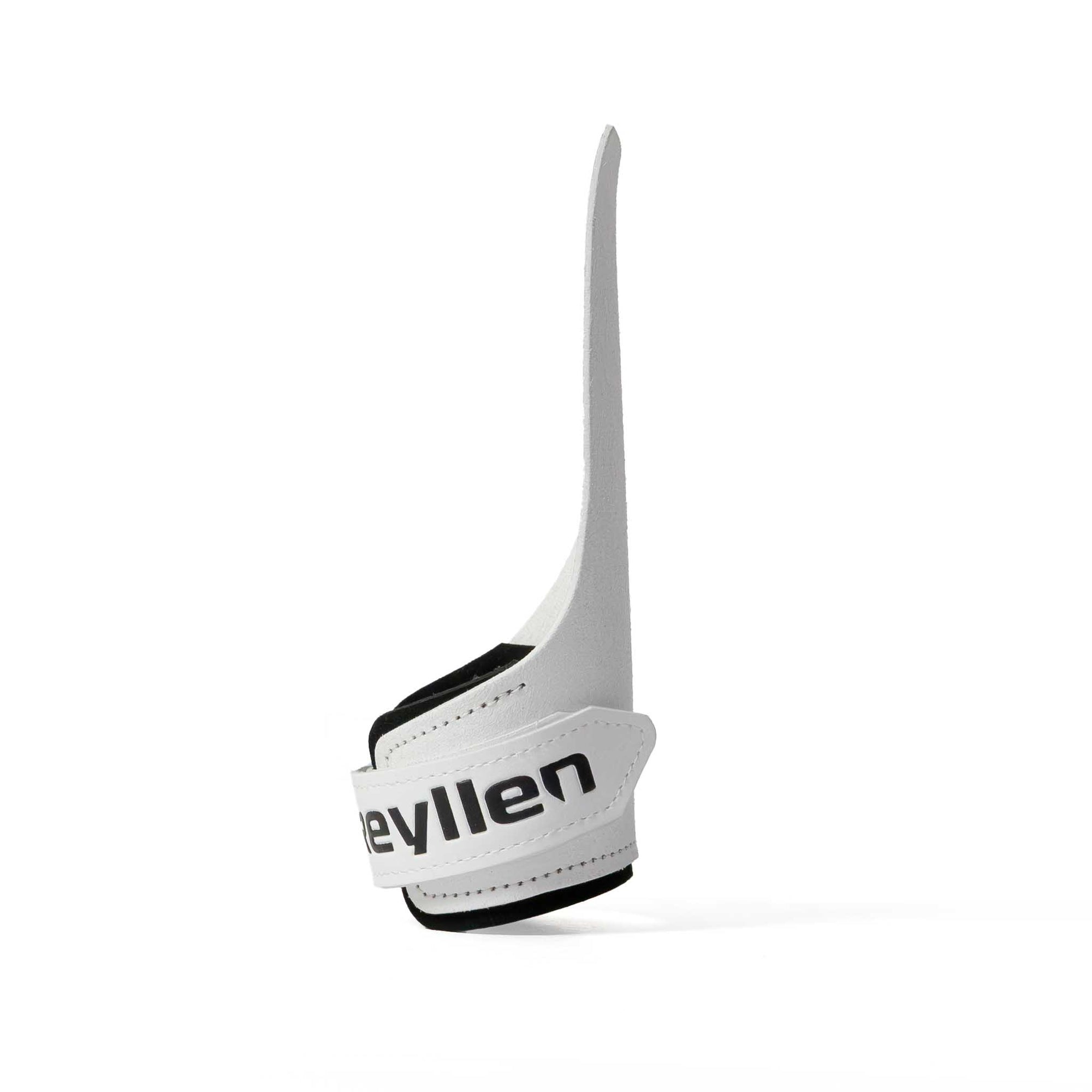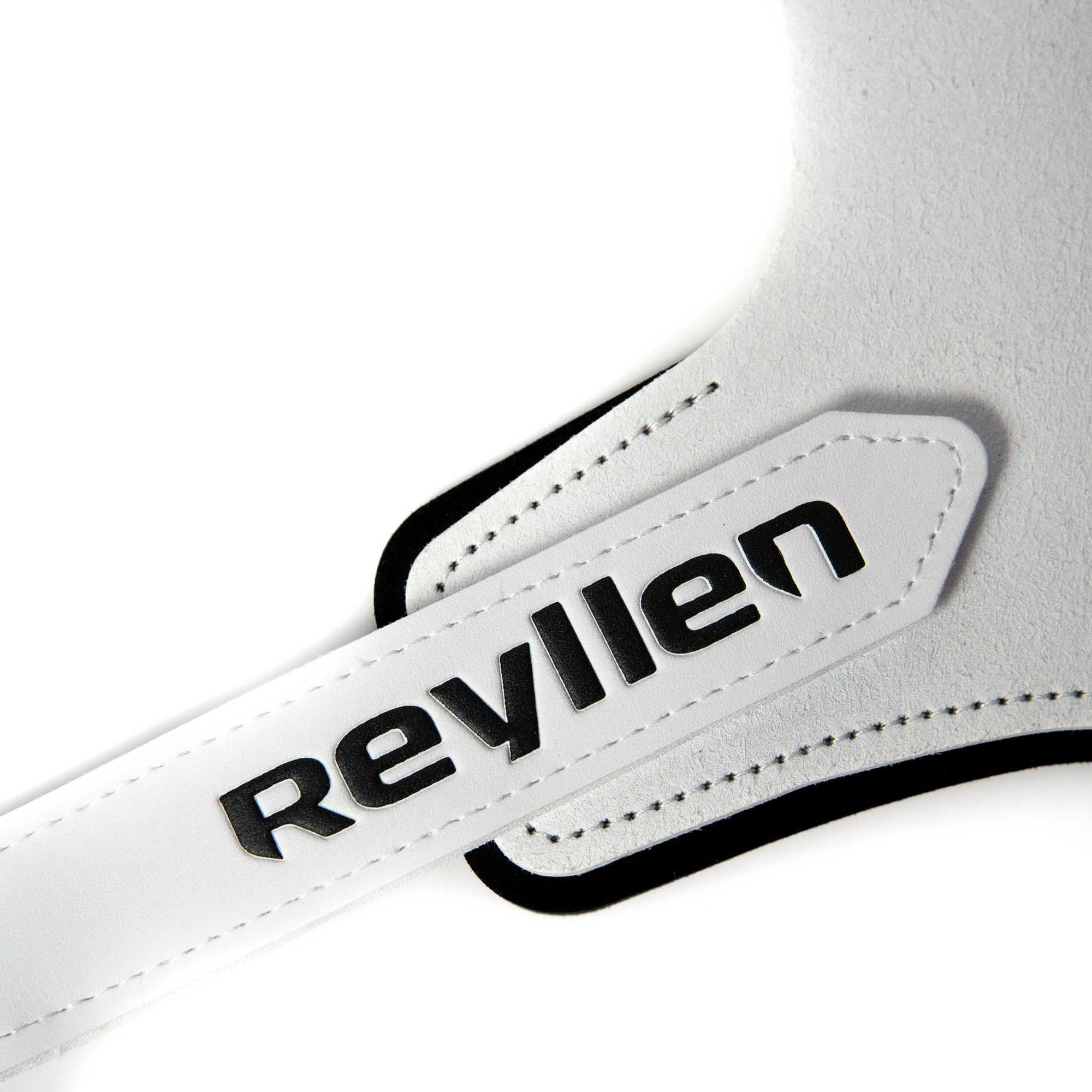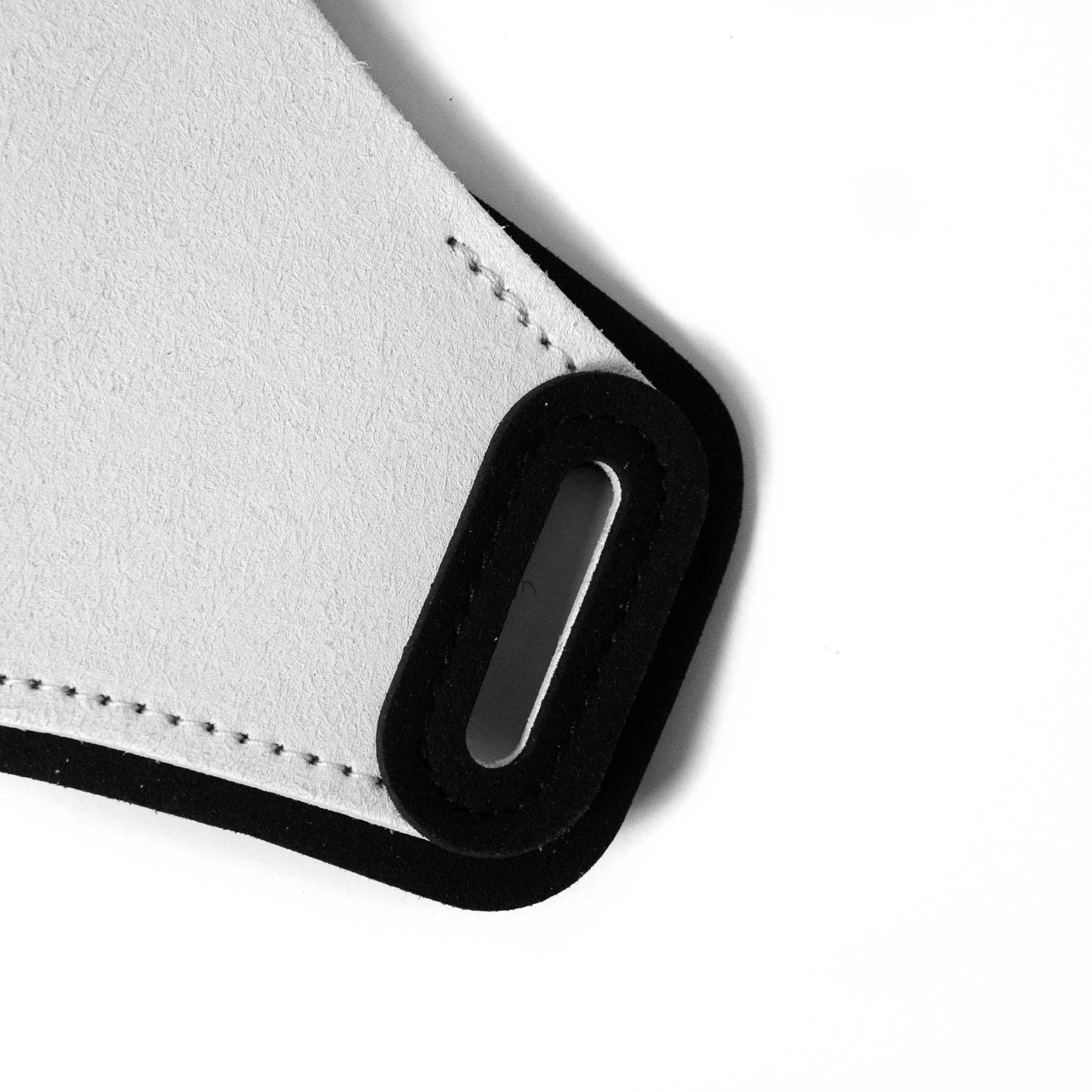Understanding Gymnastic Grips in Functional Fitness
In the ever-evolving world of functional fitness, the conversation around gymnastic hand grips continues to grow. From classic finger-hole designs to modern chalkless rubber options, athletes are always searching for the grip that provides the greatest advantage in both training and competition.
But with all the hype and shifting trends, which grip is truly the best—and does such a thing even exist? Let’s explore.
A Brief History of Gymnastic Grips
Gymnastic hand grips, as the name suggests, originated in gymnastics. Initially, grips were designed to protect athletes' hands from the friction and tearing caused by swinging on apparatus like the high bar and rings.
As gymnastics evolved and movements became more dynamic, mere protection wasn’t enough. Enter the sewn-in dowel, which allowed gymnasts to lock in their grip and better control their movement. These grips were made primarily from cowhide leather, offering strength, friction, and durability—usually paired with heavy chalk use to reduce slippage.
The Evolution of Grips in CrossFit
As CrossFit gained popularity and skill levels increased, gymnastic grips naturally made their way into the sport. Movements like kipping pull-ups, toes-to-bar, and muscle-ups introduced new demands on athletes' hands.
Early CrossFit grips followed simple designs—2-hole or 3-hole leather or microfibre options—designed to offer protection and work in tandem with chalk. This led to innovations like our own BumbleBee and Panda grips, which use chalk-assisted microfibre leather to deliver enhanced grip and durability for everyday training.
The Rise of No-Chalk Rubber Grips
Around 2020, a new trend emerged: chalkless rubber gymnastic grips. These grips offer superior stickiness and friction without the need for chalk, making them ideal for:
-
Competitions
-
High-stakes workouts
-
Gyms where chalk isn’t allowed
While these grips provide exceptional performance, they aren’t suitable for beginners. If an athlete struggles with grip strength or shoulder stability, using grips that "lock you in" artificially can bypass necessary muscular development, potentially increasing the risk of injury over time.
In short: address the limiting factor before upgrading the gear. Strength, technique, and mobility should always come first.
Grips Are Not the Problem
There’s a lot of misinformation about what grips can and can’t do. Here’s what they’re really for:
-
Primary function: Preventing hand tears
-
Secondary function: Providing grip without interfering with movement
Many athletes still rip their hands even with grips. Why?
-
Over-gripping (especially among beginners)
-
Improper hand placement (e.g. knuckles under the bar)
-
Weak grip strength
-
Failure to allow grips to slide when necessary
Advanced athletes learn when to grip hard and when to relax, letting the grips move with the bar. Developing these skills will increase performance and reduce injury risk, while getting the most out of your grips.
Chalk Grips vs. Chalkless Grips
So which type of grip should you use? The answer depends on your goals, environment, and training demands.
Chalk Grips (BumbleBee & Panda):
-
Best for everyday training
-
Ideal for high volume and durability
-
Great for varied surfaces
-
Work best with chalk for grip consistency
-
Should be your go-to grips 80% of the time
Chalkless Rubber Grips (e.g. Seal Pro):
-
Best for competition settings where chalk may be limited
-
Excellent for slippery or smooth bars
-
Useful in commercial or outdoor gyms where chalk isn’t permitted
-
Offer maximum grip, but with faster material wear due to high friction
-
Best used in low-volume or high-intensity workouts
Our Recommendation
There’s no one-size-fits-all solution. The most prepared athletes have both options in their gym bag—chalk grips for training and chalkless grips for competition or unpredictable environments.
By knowing the purpose of each grip and when to use them, you’ll be better equipped to train smarter, protect your hands, and perform at your best no matter the workout.



